Product Spotlight: Bell Moto-10 Spherical Helmet
It’s hard to know where to begin when introducing Bell’s new Moto-10 Spherical Helmet because the thing is jam-packed with so many new features and ground-breaking technology (in fact, its visor screws are the only components carried over from the existing Moto-9 Flex model!). Compared with its predecessors, the Moto-10 gets a major step-up in protection and airflow, plus a reduction in weight. With these evolutions, it is now Bell’s most advanced off-road helmet, and destined to be regarded as a pivotal model in the SoCal company’s storied history in helmet design.
Since Bell was founded in SoCal in 1954, the brand has been synonymous with protection and progression, and boasts a bunch of safety advancement ‘firsts’:
- First production helmet (1954).
- First to use EPS (1957).
- First to pass Snell Standard (1962).
- First full-face production helmet (1967).
- First production motocross helmet (1975).
- First off-road helmet to patent force-flow ventilation and a removable lining (1983).
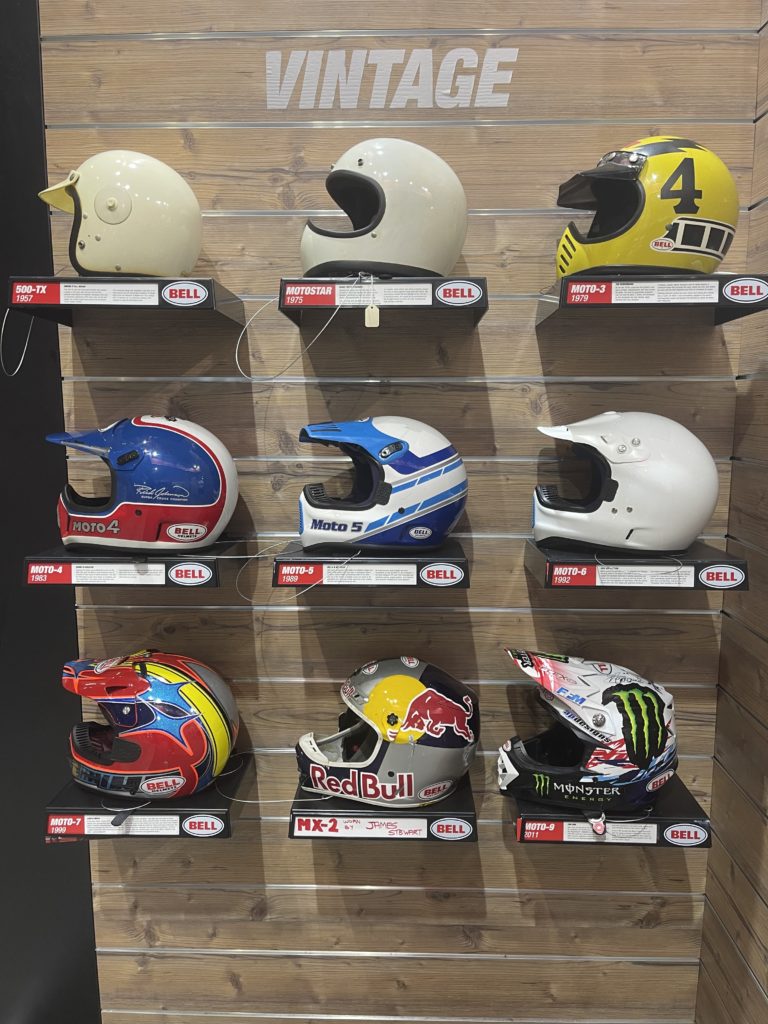
And the Moto-10 Spherical joins that list of industry firsts, thanks to its first-time use of ‘Spherical Technology’ to mitigate rotational impacts.

So, let’s cut through the marketing jargon and trademarked technology and explain the key elements of Bell’s landmark new Moto-10 in layman’s terms:
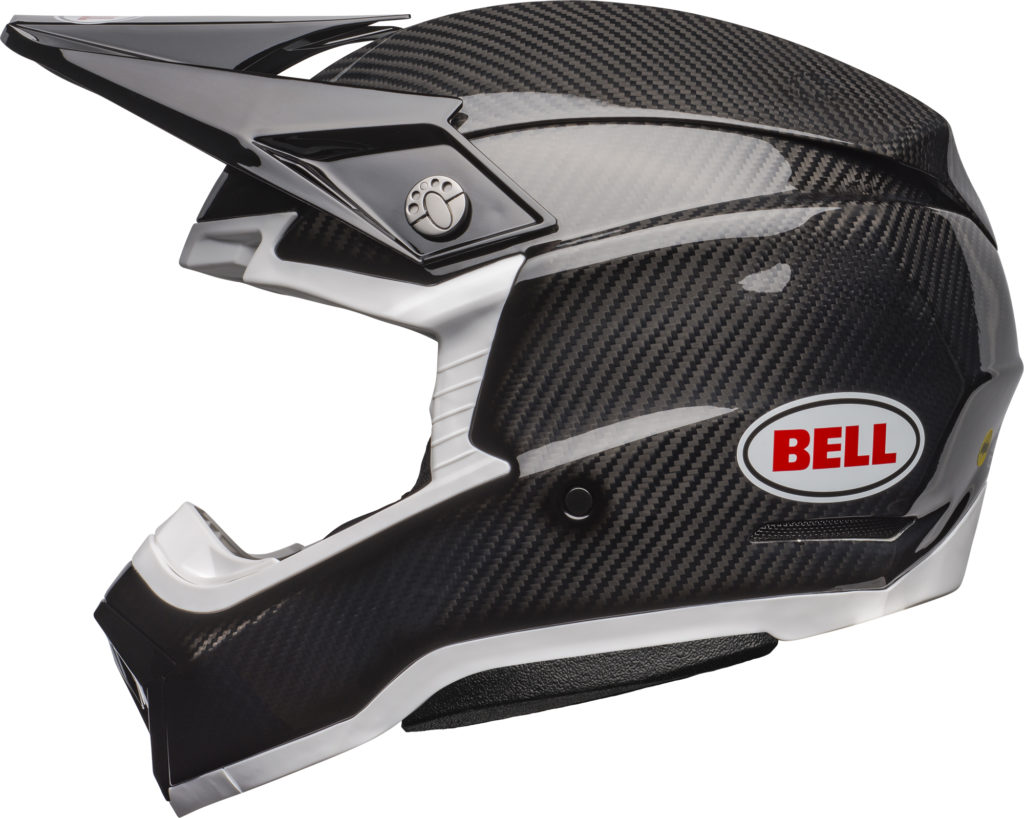
THE SHELL…
- The 3K carbon fibre weave (3000 threads/inch) creates optimal strength-to-weight ratio.
- It uses a full carbon fibre construction, combined with a unique segmented design to ensure it’s not too rigid. The other major benefit of this construction is that it allows massively enhanced airflow.
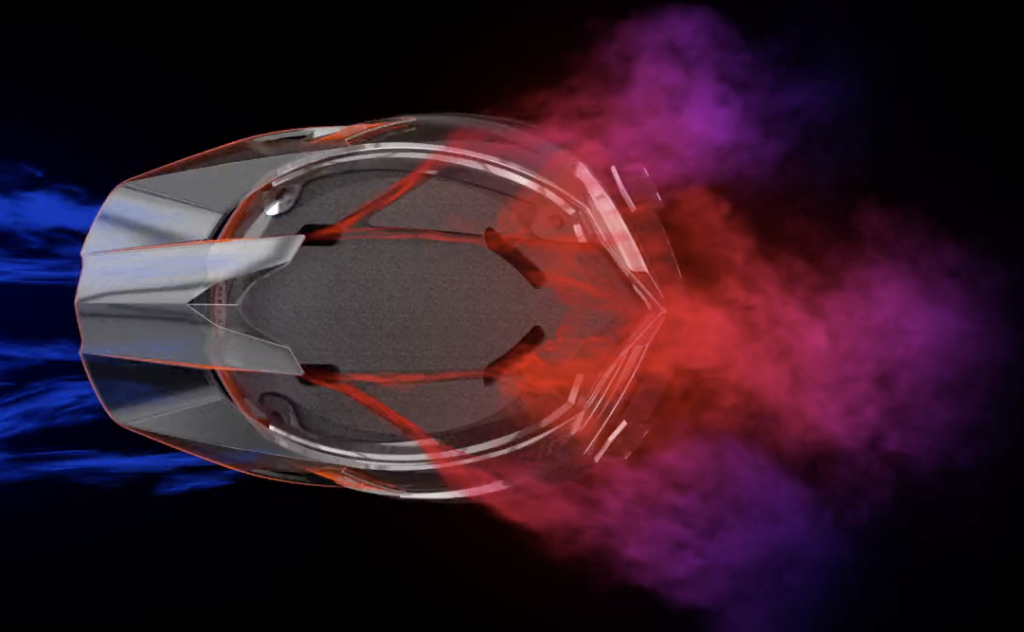
- The ventilation is so extreme that Bell refers to it as the “Thermal Exchange Airflow System” because it sucks in cool air and like a vacuum and spews out hot air through the side and rear exhaust ports.
- It comes in three different shell sizes (just like Bell’s Moto-9 Flex).
- The “Panoramic Goggle Port” is the largest on the market.
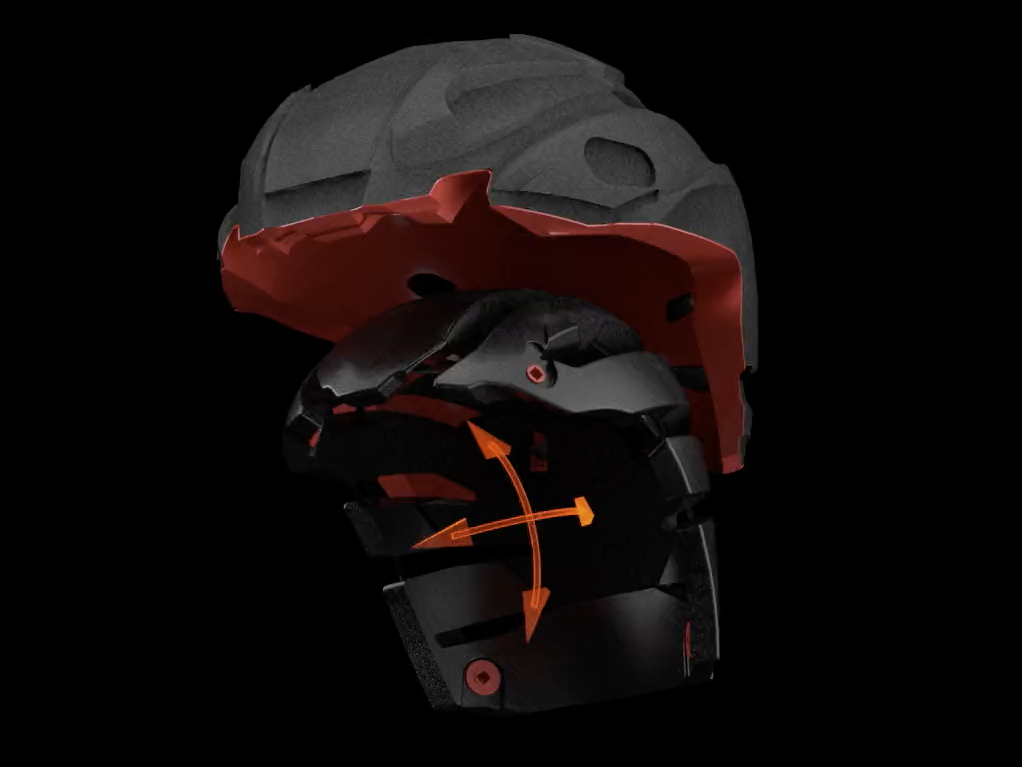
THE PROTECTION…
- It’s called the Moto-10 “Spherical” because it uses an all-new tethered ball-and-socket design with its EPS and EPP internal layers. This ‘slip-plane’ concept (developed in collaboration with MIPS) is designed to redirect impact forces away from the brain (in other words, it allows the outer layer to rotate around the inner liner in a crash).
- Compared with the Moto-9 Flex, the front of the EPS liner is 5mm thicker for better protection against front-on impacts (which means the rider’s head sits 5mm further back in the Moto-10 helmet).
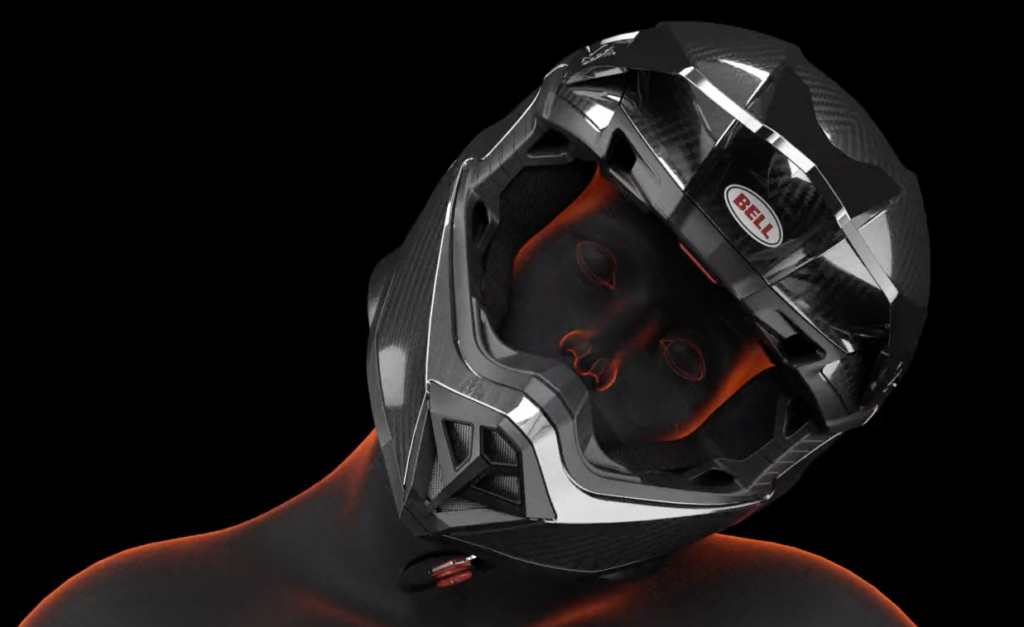
- It’s not just the interior that’s protecting the rider; it’s the exterior as well. Two bumpers on either side of the helmet (made with a softer EPP material, and which extend right to the chin guard) help reduce the likelihood of collateral damage (that is, the helmet busting your collarbone) in a crash.
- It’s Eject-system ready.
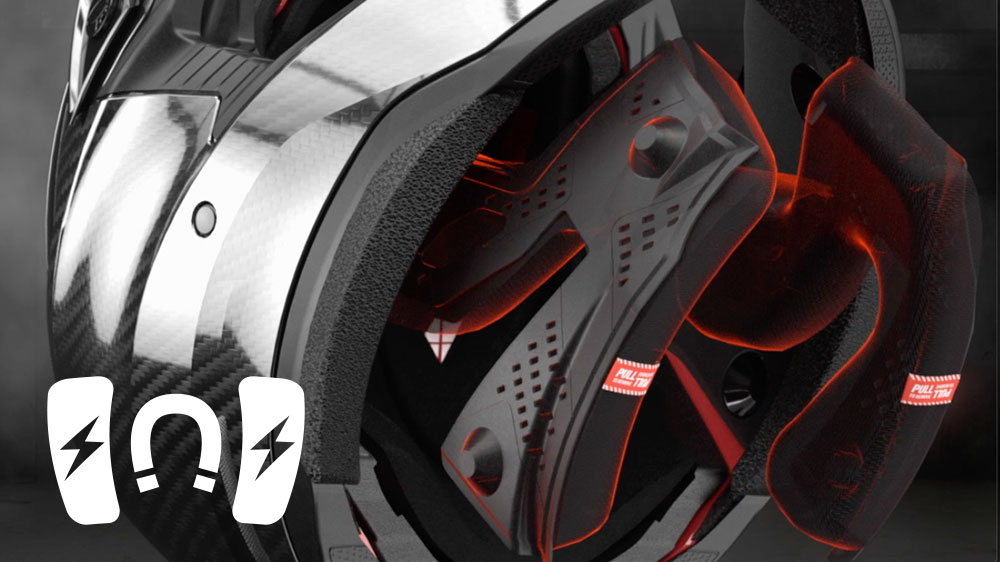
THE COMFORT…
- The removable and washable “Virus CoolJade Liner” is not only anti-microbial; it’s actually impregnated with recycled jade, and Bell claims this keeps the rider’s head up to 10ºF cooler. Fancy that; the liner has now become a performance attribute of the helmet. Nifty!
- The cheek pads are fastened by magnets, making them easy to remove for washing (or enabling emergency responders to easily detach them).
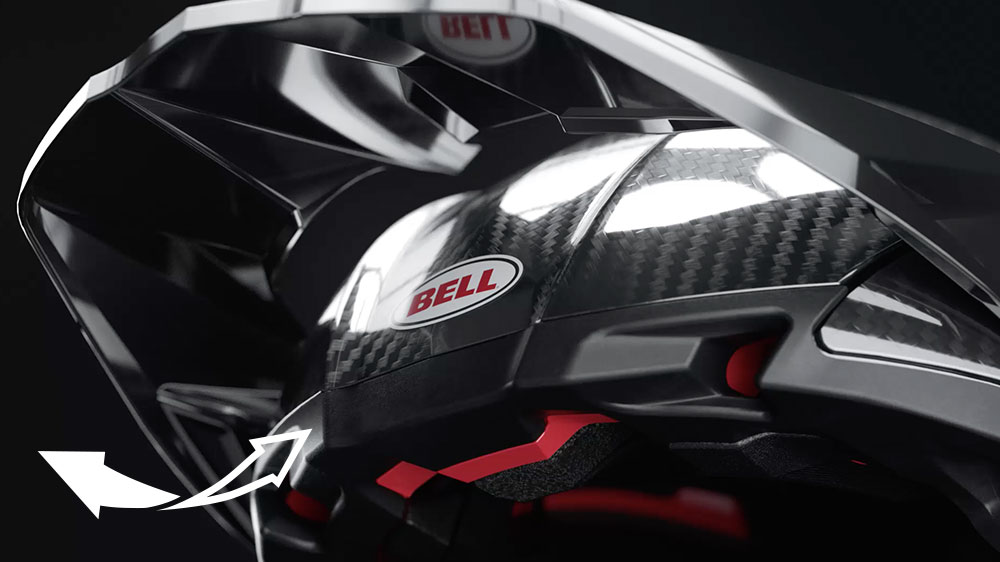
THE DETAILS…
- The “Flying Bridge Visor” does away with the conventional centre-post and screw fixture to allow more flexibility and airflow.
- It comes with a spare visor and a top-shelf padded and lined helmet bag.
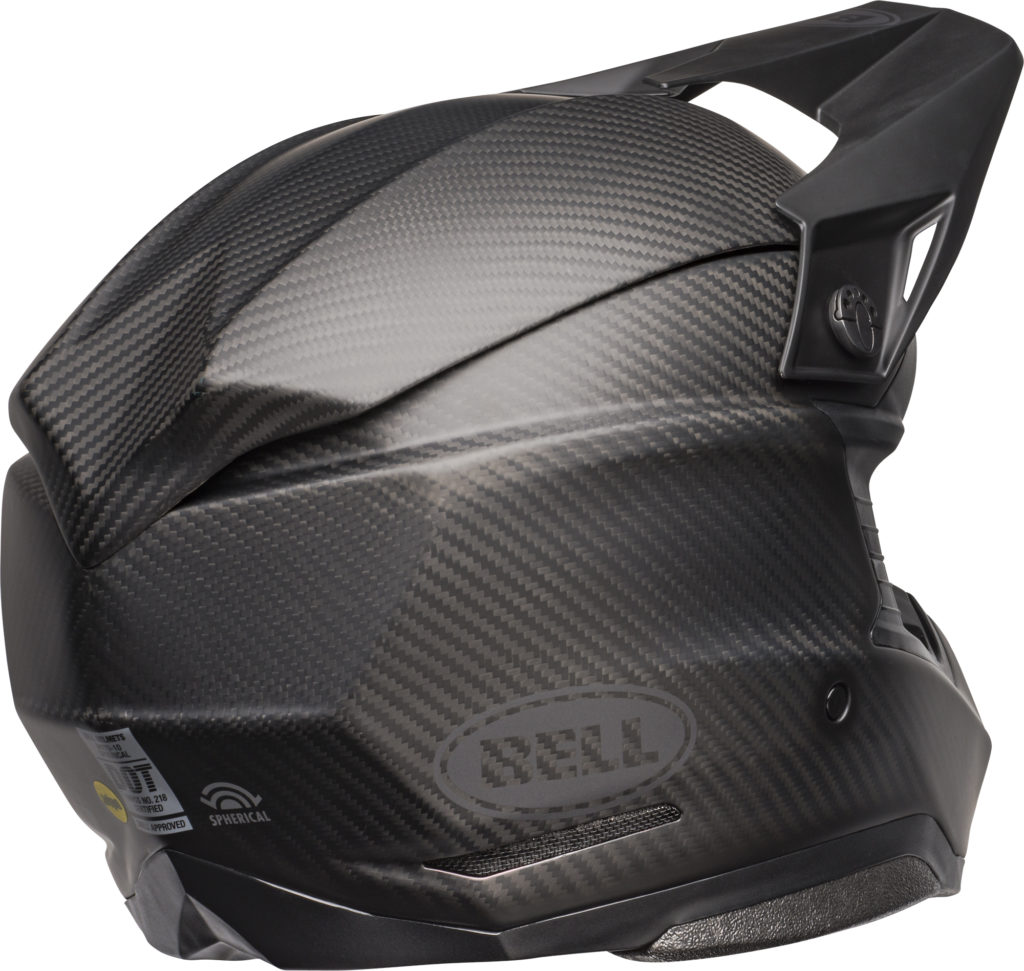
THE PRICE…
- $1199.95 for Matte Black and Black/White colours (as pictured).
- $1299.95 for other graphics (soon available).
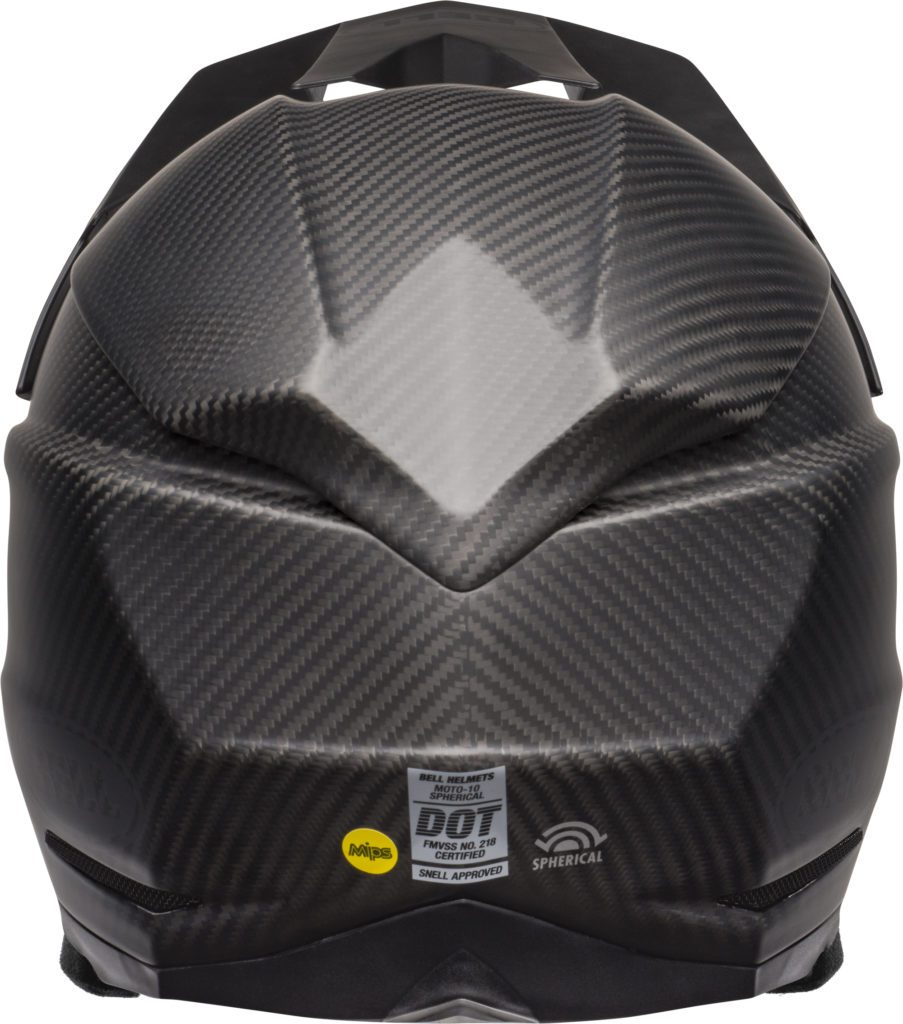
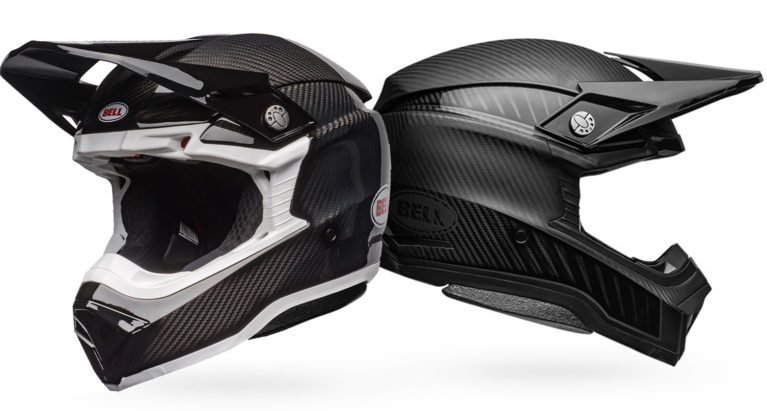
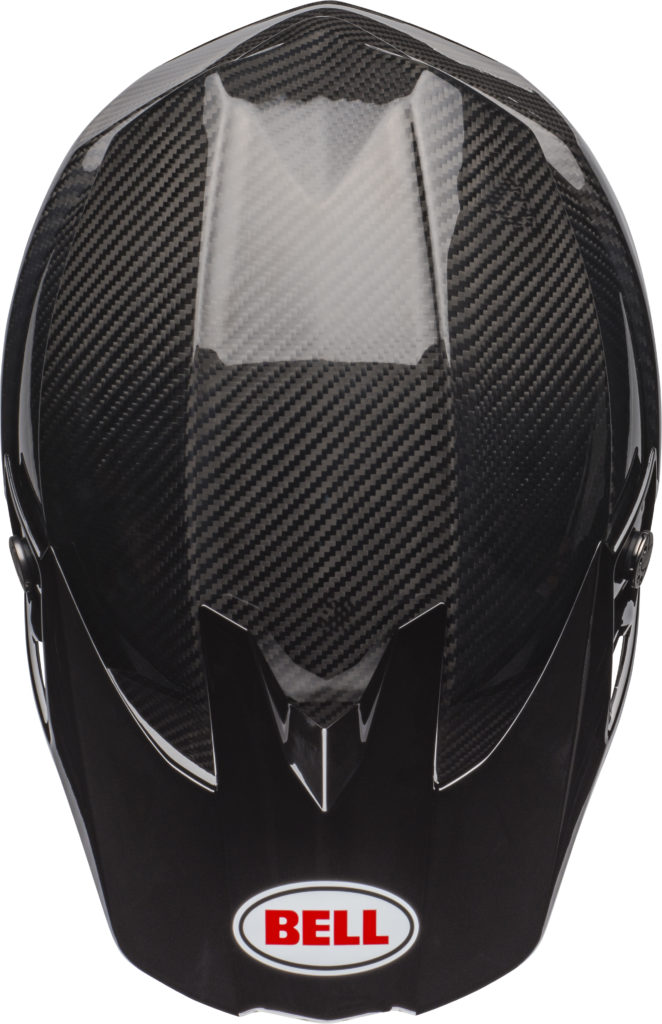








Be the first to comment...